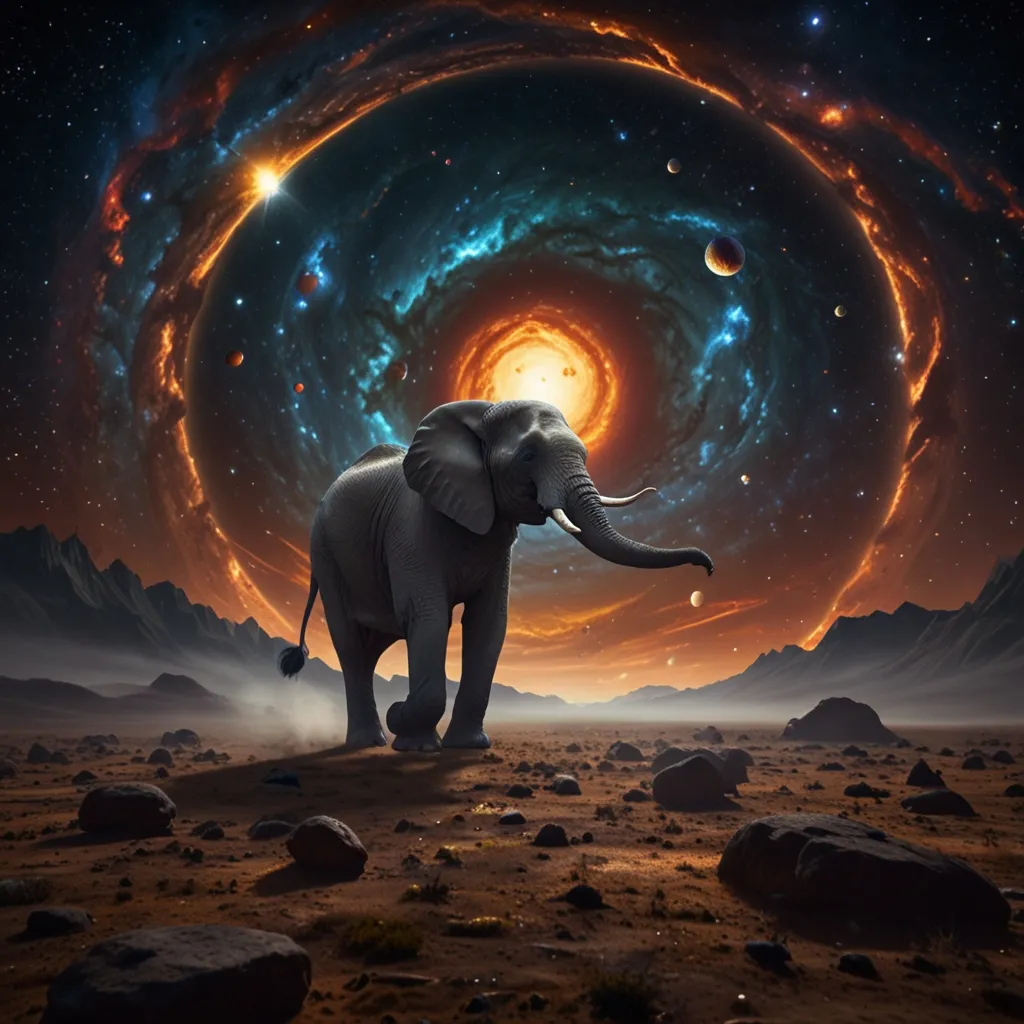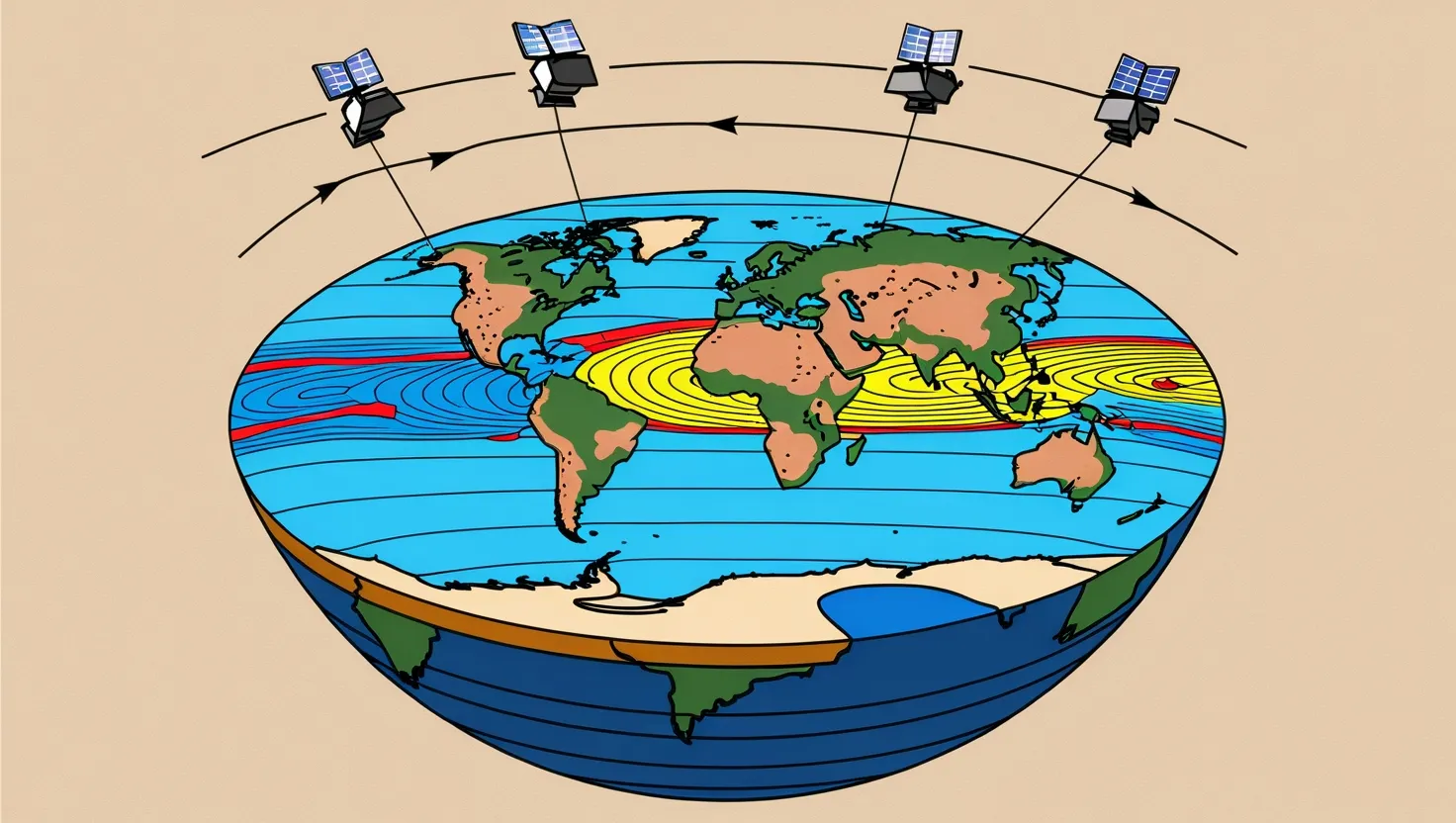In April 2022, an exciting revelation jolted the world of physics: the W-boson’s mass had been measured with unprecedented precision, and it didn’t align with the predictions made by the standard model of particle physics. Fermilab researchers announced that the W-boson mass clocked in at 80.4335 giga electron volts (GeV), give or take 0.0094 GeV. In contrast, the standard model had predicted it to be 80.357 GeV, plus or minus 0.006 GeV.
At first glance, this discrepancy—less than 0.3%—might seem trivial. But in the meticulous realm of particle physics, this deviation is hugely significant, approximately 7 sigma off from the prediction. For context, anything deviating by 5 sigma or more is heralded as a new discovery. So, what’s cooking?
To understand why this is a big deal, we need to delve into the role of the W-boson. Alongside the Z-boson, it mediates the weak force, one of the three fundamental forces described by the standard model. The W-boson is remarkably hefty, about 80 times the mass of a proton (around 1 GeV). Essential for neutron and proton decay, this particle significantly influences the stability of large atoms and solar nuclear reactions.
The standard model, our best blueprint of how the universe operates, incorporates the electroweak theory. This theory unifies two fundamental forces: the weak nuclear force and electromagnetism. The Higgs field, a vital component of this theory, endows mass to the bosons (like W and Z). Any deviations from the model’s predictions likely manifest in the electroweak sector.
The electroweak theory specifies a relationship between the masses of the W and Z bosons, dependent on another parameter known as the Weinberg angle. Scientists typically measure the Z-boson mass and Weinberg angle, then derive the W-boson mass. The recent precise measurement of the W-boson mass, which diverges from this relationship, poses a big conundrum.
How did this mismatch happen? Three possible explanations come to mind: the math could be incorrect, the experiment or data analysis might be flawed, or there could be new, unknown physics affecting the mass.
The calculations for the W-boson mass, considering its dependencies on masses like the Higgs boson and top quark, seem solid. The second possibility, an error in the experiment or data analysis, remains plausible. The data used is a decade old, suggesting meticulous scrutiny, but now it’s up for broader scientific review. Previous measurements by Fermilab have also deviated, although less precisely, while CERN’s results generally align with the standard model.
If further analysis and experiments, particularly by CERN, replicate Fermilab’s measurements, we might be looking at the third and most enthralling possibility: new physics. The standard model is not the ultimate theory; it doesn’t encompass dark matter or dark energy. This anomaly could be the flashlight leading us toward a more comprehensive understanding.
Interestingly, despite the W-boson mass being off-kilter, the Z-boson mass aligns perfectly with predictions. This adds another layer of curiosity—perhaps our understanding of related particles like the top quark or Higgs boson needs revision. The interplay of these elements in electroweak theory suggests that new particles, perhaps even dark matter particles, might interact with the W-boson, altering its mass.
As the Large Hadron Collider restarts with advanced upgrades, it is poised to rigorously test the standard model with superior detection capabilities. While it’s premature to declare these findings as game-changing, we could be on the brink of thrilling advancements in particle physics.
The next generation of physicists has a treasure trove of mysteries awaiting them. These new discoveries will edge us closer to unraveling the vast universe’s secrets. For those interested in diving deeper into this topic, there are excellent resources to broaden your understanding of the standard model, electroweak theory, and beyond. The universe is brimming with secrets, and each discovery brings us a step closer to deciphering its grand design.






